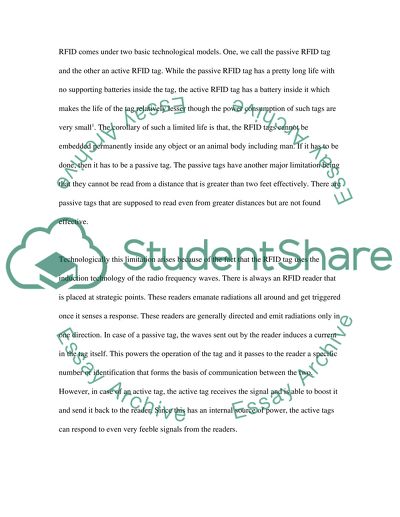Cite this document
(“IT - Radio Frequency Identification Essay Example | Topics and Well Written Essays - 2500 words”, n.d.)
IT - Radio Frequency Identification Essay Example | Topics and Well Written Essays - 2500 words. Retrieved from https://studentshare.org/miscellaneous/1511962-it-radio-frequency-identification
IT - Radio Frequency Identification Essay Example | Topics and Well Written Essays - 2500 words. Retrieved from https://studentshare.org/miscellaneous/1511962-it-radio-frequency-identification
(IT - Radio Frequency Identification Essay Example | Topics and Well Written Essays - 2500 Words)
IT - Radio Frequency Identification Essay Example | Topics and Well Written Essays - 2500 Words. https://studentshare.org/miscellaneous/1511962-it-radio-frequency-identification.
IT - Radio Frequency Identification Essay Example | Topics and Well Written Essays - 2500 Words. https://studentshare.org/miscellaneous/1511962-it-radio-frequency-identification.
“IT - Radio Frequency Identification Essay Example | Topics and Well Written Essays - 2500 Words”, n.d. https://studentshare.org/miscellaneous/1511962-it-radio-frequency-identification.


